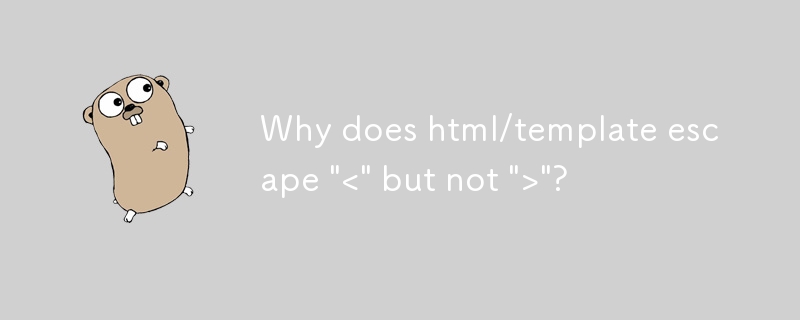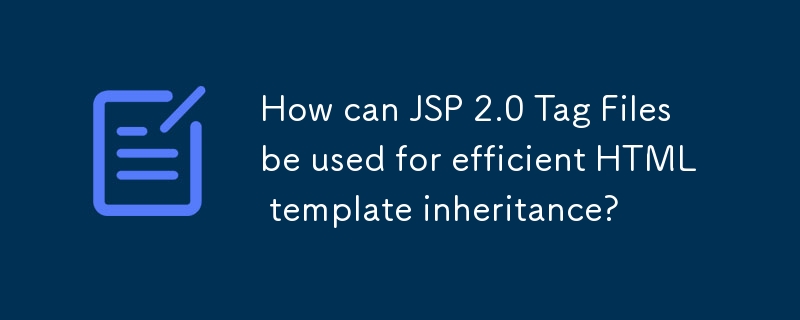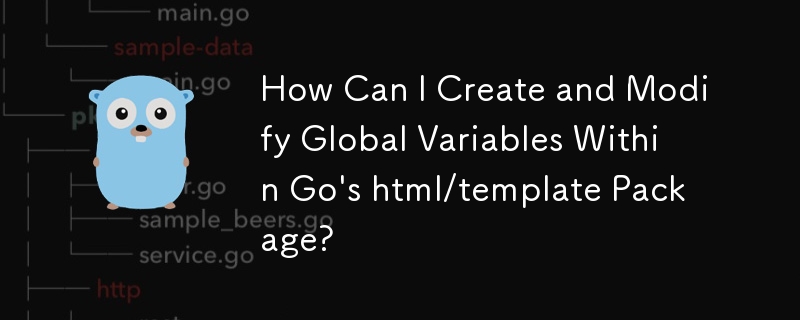Found a total of 10000 related content

How to use wordpress theme template
Article Introduction:Use WordPress Theme Templates to quickly change the look and functionality of your website: Select a theme template to consider the purpose, industry, and audience. Install and activate theme templates in WordPress dashboard. Customize theme settings such as title, menu, colors, and typography. Use the WordPress editor to add content. Preview and publish the website to ensure proper appearance and functionality.
2025-04-20
comment 0
568

How to change the theme homepage template by wordpress
Article Introduction:Steps to modify WordPress homepage template: Log in to the WordPress dashboard. Go to Appearance >Theme Editor. Find and back up the "index.php" file. Update home page template elements, including title, content, sidebar, and footer. Save changes and preview them.
2025-04-20
comment 0
1171

How to make a WordPress theme responsive
Article Introduction:To implement responsive WordPress theme design, first, use HTML5 and mobile-first Meta tags, add viewport settings in header.php to ensure that the mobile terminal is displayed correctly, and organize the layout with HTML5 structure tags; second, use CSS media query to achieve style adaptation under different screen widths, write styles according to the mobile-first principle, and commonly used breakpoints include 480px, 768px and 1024px; third, elastically process pictures and layouts, set max-width:100% for the picture and use Flexbox or Grid layout instead of fixed width; finally, fully test through browser developer tools and real devices, optimize loading performance, and ensure response
2025-06-28
comment 0
582

Why does html/template escape \'\'?
Article Introduction:Understanding HTML/Template EscapingAn issue has been raised regarding html/template unnecessarily escaping "
2024-11-04
comment 0
976

How to use Go's template engine for HTML rendering
Article Introduction:Go's html/template package provides secure dynamic HTML rendering through automatic HTML escape. It uses ParseFiles to parse template files, Execute performs data filling, supports conditional judgment, looping, template inheritance and custom functions. It should avoid embedding complex logic in the template and parsing the template at one time when the server starts to improve performance, and ultimately achieve a clear separation of logic and presentation.
2025-08-26
comment 0
995

How to use go embed with html/template?
Article Introduction:Using Go's embed package combined with html/template, HTML templates can be packaged directly into binary files. 1. Create a .html file in the templates/ directory; 2. Embed the file system into variables with //go:embedtemplates/*.html; 3. Use template.ParseFS (templateFS, "templates/*.html") to parse the template; 4. Render the specified template through ExecuteTemplate. To support subdirectories, you need to add templates/users/*.html or Go1.20's ** recursive mode;
2025-07-30
comment 0
456


HTML5 Template: A Base Starter HTML Boilerplate for Any Project
Article Introduction:Building your own HTML5 template: A concise guide
This article will guide you on how to create your own HTML5 template. We will step by step explaining the key elements of the HTML basic template, and finally providing a simple template that you can use and further build.
After reading this article, you will have your own HTML5 template. If you want to get the HTML template code now, read this article later, here is our final HTML5 template.
Key Points
HTML5 templates, as reusable templates, contain the necessary HTML elements, help avoid repeated code writing at the beginning of each project.
A basic HTML5 template should contain document type declarations, elements with language attributes, and passed characters
2025-02-08
comment 0
772

HTML Responsive Images Guide
Article Introduction:This guide is about the HTML syntax for responsive images (and a little bit of CSS for good measure). We'll go over srcset and , plus a whole bunch of things to consider to help you get the best performance and design control from your image
2025-04-05
comment 0
319

Go language html/template package: the correct practice of template file parsing and rendering
Article Introduction:This article discusses the correct method of parsing and rendering template files in the Go language html/template package. In response to the common use errors of template.New and ParseFiles that beginners often make, the reasons are explained in detail, and a simplified and recommended solution is provided to directly use the template.ParseFiles function for template initialization and parsing. The article demonstrates the loading, execution and error handling of templates through sample code, aiming to help developers efficiently and securely integrate HTML template functions in Go applications.
2025-09-02
comment 0
583


Go Template Practical Guide: HTML parsing and list processing
Article Introduction:This article aims to provide a practical guide to the html/template package in the Go language, focusing on how to parse HTML files and process list data. We will help developers master the core concepts and usage techniques of Go template through sample code and detailed explanations to efficiently generate dynamic HTML content in web development.
2025-08-25
comment 0
471


How to make a responsive pricing table with HTML
Article Introduction:The core of creating a responsive pricing table is to use HTML structure, Flexbox layout and media query to adapt to different screens; 1. Use semantic HTML to build a structure containing three packages including Basic, Pro, and Premium; 2. Use CSSFlexbox to realize horizontal layout and set flex-wrap:wrap to stack small screens; 3. Adjust the width, spacing and font size of the mobile terminal through media query; 4. Improve the user experience through recommendation logos, unified content and relative units, and ultimately realize a cross-device-compatible responsive pricing table.
2025-08-22
comment 0
139

Go Language HTML Template Analysis and Rendering: A Guide to Correct Practice
Article Introduction:This article introduces in detail the correct parsing and rendering methods of HTML templates in Go language. The focus is on how to use the html/template package efficiently to avoid the common error of repeatedly creating template instances when calling ParseFiles. The standard process of loading templates from files and outputting content through sample code is demonstrated to ensure that the template functions are functioning normally.
2025-09-05
comment 0
556

Building Responsive Web Layouts with HTML
Article Introduction:The core of responsive web layout is to combine HTML and CSS to adapt the website to different devices. 1. Add viewport meta tags to ensure that the mobile device renders the page correctly; 2. Use Flexbox or Grid to create flexible layouts to automatically adjust elements; 3. Use media queries to set breakpoints and apply specific styles according to different devices; 4. Set pictures and containers to responsiveness to prevent content overflow; 5. Follow the mobile priority principle to improve development efficiency. After mastering these key points, responsive layout will be simpler and more efficient.
2025-07-18
comment 0
506

Building Responsive Card Layouts with HTML and CSS Flexbox
Article Introduction:In our previous articles, we’ve explored the importance of structured HTML and how CSS Flexbox simplifies web layouts. This article builds on those concepts by bringing them together to create something practical, a responsive card layout. Think of i
2024-12-31
comment 0
625



















